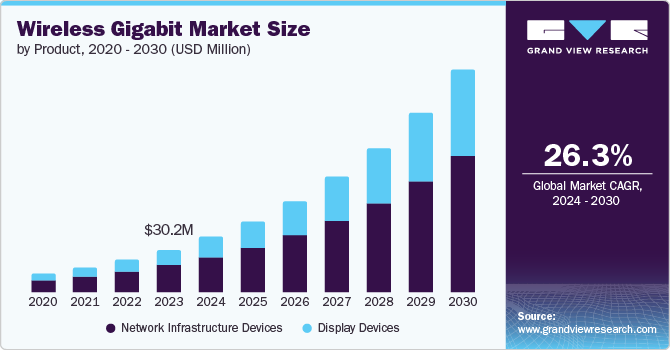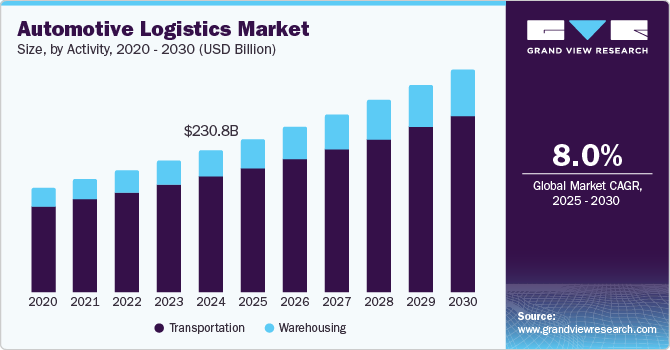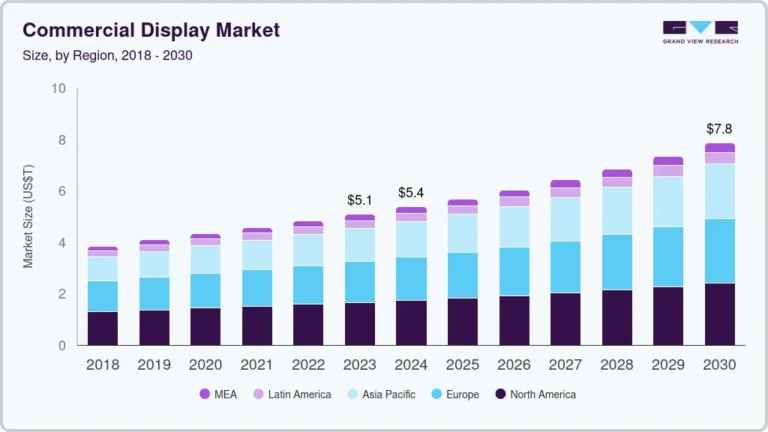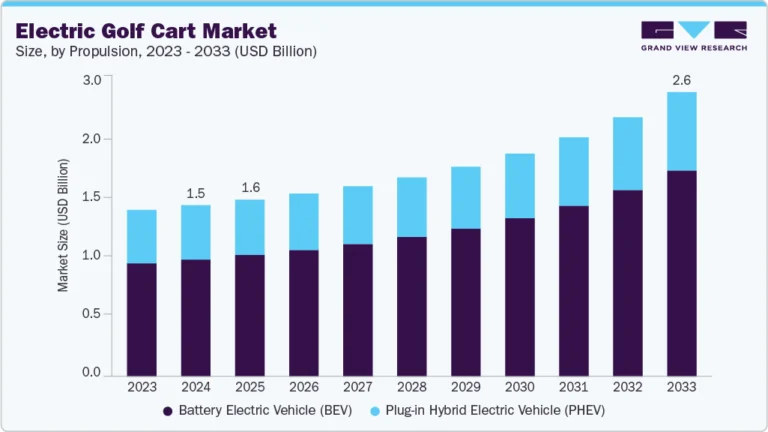Wireless Gigabit Market Size, Share & Trends Analysis grow at a CAGR of 26.3% from 2024 to 2030

The global wireless gigabit market size was valued at USD 30.2 million in 2023 and is projected to grow at a CAGR of 26.3% from 2024 to 2030. The rising demand for high-speed wireless connectivity and the increasing integration of interconnected devices across several sectors is driving the market growth for wireless gigabit (WiGig). With the growing adoption of IoT devices, which are becoming essential in workplaces and industrial areas, the demand for high-bandwidth wireless connectivity solutions increases due to their ability to exchange data efficiently between various connected devices.
Request a free sample copy or view report summary: https://www.grandviewresearch.com/industry-analysis/wireless-gigabit-wigig-market/request/rs1
The rapidly increasing adoption of 5G network technology and the introduction of innovative Wi-Fi technologies such as Wi-Fi 6 is also one of the key drivers for the growth of the wireless gigabit (WiGig) market. 5G technology provides fast wireless connectivity solutions with low latency, requiring wireless gigabit solutions. Wi-Fi 6 is recognized for providing high data rates, improved network capacity, and enhanced performing capabilities within highly dense network usage areas, making wireless gigabit a preferred choice for integrating wireless gigabit networks in offices, industrial environments, and households. The exponential growth in data consumption, fueled by the proliferation of high-definition video streaming, online gaming, and the increasing use of virtual and augmented reality applications. These activities require robust, high-speed internet connections that can handle large volumes of data with minimal latency. WiGig, with its capability to deliver multi-gigabit speeds, meets these demands efficiently, providing a seamless and high-quality user experience.
The rise of remote work and telecommuting has also contributed to the growing demand for WiGig. With more people working from home, there is an increased need for high-speed, reliable internet connections to support video conferencing, file sharing, and other bandwidth-intensive tasks. WiGig’s ability to deliver stable and ultra-fast wireless connectivity helps remote workers maintain productivity and efficiency, replicating the high-speed internet experience typically in corporate environments.
Additionally, the advancement of WiGig technology itself has made it more accessible and attractive. Improvements in chipset design, cost reductions, and the development of compatible devices have all contributed to its growing adoption. As more manufacturers integrate WiGig into their products, from laptops and smartphones to routers and access points, consumers and businesses are more likely to adopt the technology.
Product Insights
The network infrastructure devices segment held the largest market revenue share of 64.4% in 2023. The rapid growth of data-intensive applications, such as video streaming, online gaming, and virtual reality, necessitates higher bandwidth and faster data transfer rates, which wireless gigabit technology can provide. Additionally, the proliferation of connected devices in homes and businesses, driven by the Internet of Things (IoT), requires robust and efficient network infrastructure to manage and support numerous simultaneous connections. Moreover, advancements in wireless technology, such as the development of WiGig (802.11ad) and WiFi 6 (802.11ax), offer improved performance, lower latency, and enhanced user experiences, prompting upgrades to existing network infrastructure.
The display devices segment is projected to grow at the fastest CAGR of 27.9% over the forecast period. The proliferation of high-definition content and the need for seamless streaming experiences drive consumers and businesses to seek advanced display solutions that can efficiently handle large data transfers. WiGig technology offers the high bandwidth and low latency necessary for smooth, high-quality video streaming and gaming, making it highly attractive for modern display devices. Additionally, the growing popularity of virtual reality (VR) and augmented reality (AR) applications, which require robust and rapid wireless connections to deliver immersive experiences, further boosts demand.






